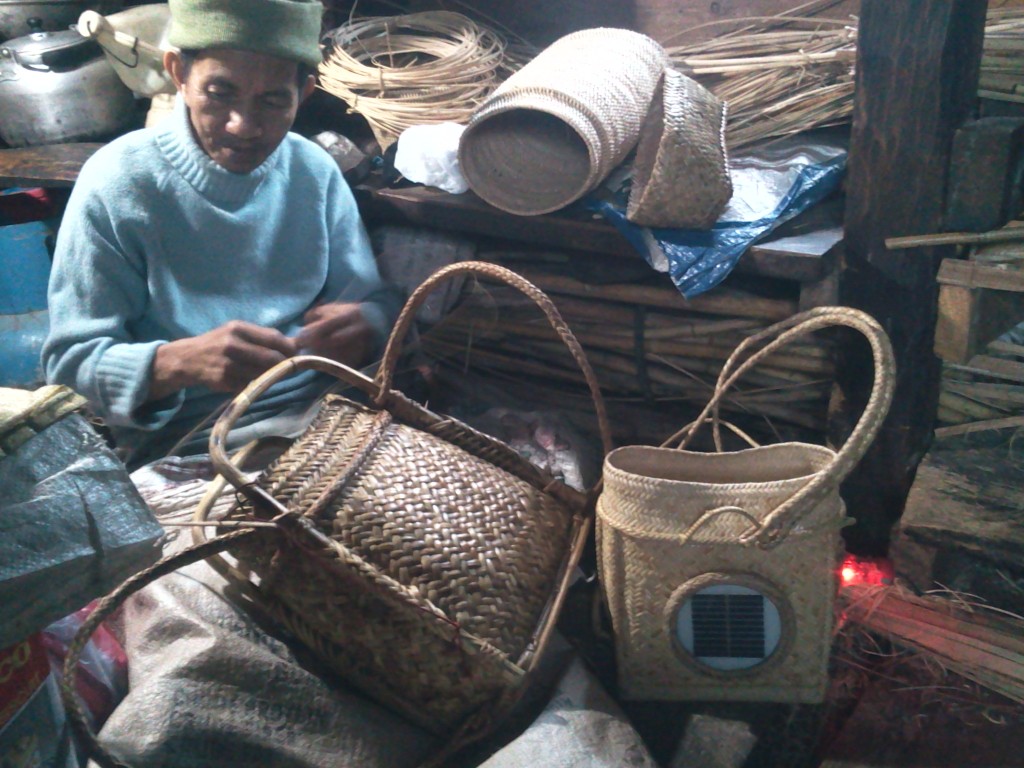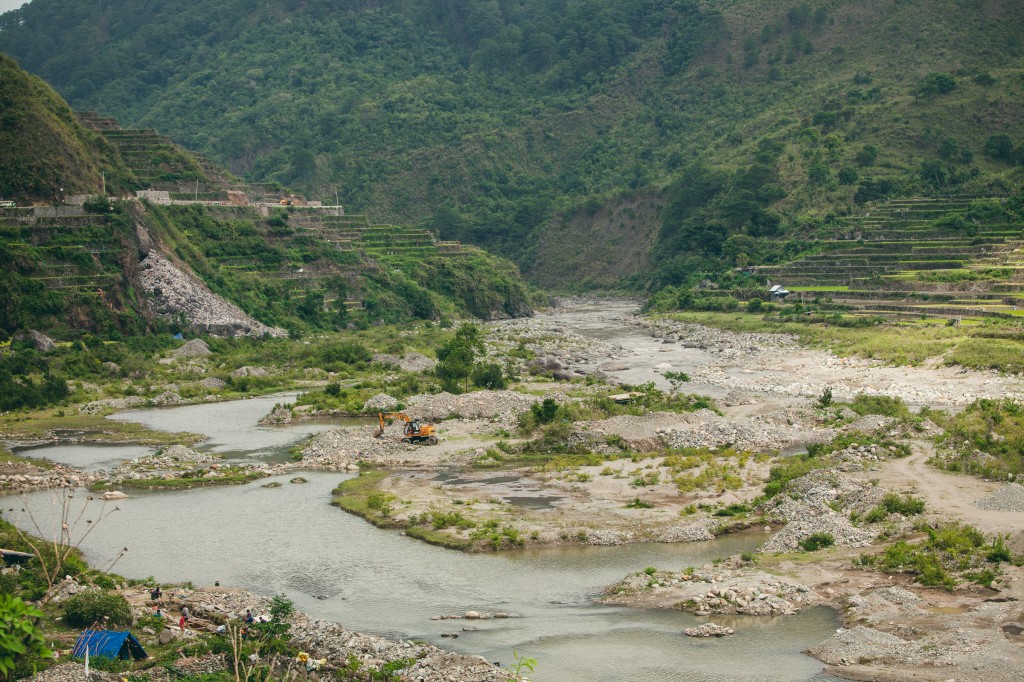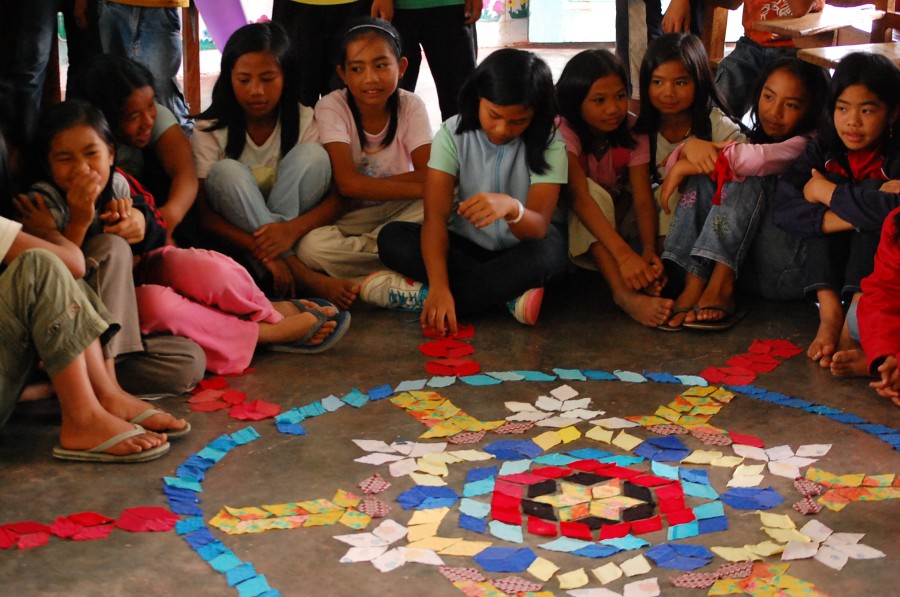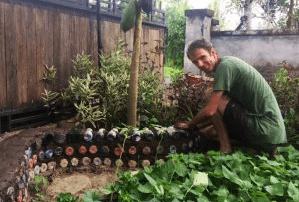I am working at the forefront of the global waste transformation movement. I get my hands dirty both with the practical and philosophical. This is the place where I am sharing my raw and uncut insights. Join me as I delve deep into pollution, mandalas, and more. In exchange for your patronage and your help for me to cultivate a stable monthly income, I promise to share the “trashure” that I mine from my explorations.
We live in a planetary momentary rife with pandemic inequality and eroding ecologies. And… Opportunity.
My art, designs and collaborations aren’t about capital generation, they are first and foremost about re-generation. By thinking of the next life of a product we can create indefinite circles of use and re-use. By using local materials that are globally consistent, we can start collaborations that organically optimize designs. By working with the principles of the mandala we can ignite local collaborations that spread globally. These designs can then get to the very root of the worlds biggest ‘problems’. Together we can rework dead-end lines to circles, transmute problems into solutions and regenerate gray to green

Hand made from rainforest rattan in the ancestral traditions of Barlig and Sagada, Coordilleras, Philippines.
For four years I lived in a small village in the land of the one of the few unconquered indigenous peoples in the world. There, in the Cordilleras of the Northern Philippines, I was confronted by the profound sustainability of the Igorot people’s ancestral ways. I was also struck by the insanity of capital driven designs and products.
Sure, that flashlight might shine great, and it’s plastic casing may fit ergonomically into my hand. But, how well does it serve my community if after a year, the chemicals and metals of its discarded carcass have no where to go but to contaminate the land and water?
Inspired by my time amidst the Igorot people, I see clearly that far too many designs have one-way linear destinies—from the factory, to the consumer, to the dump-site, to their polluting grave. In the Igorot culture their is no concept of waste. There is not even the word for “trash” in the Kan’ka’nue language. Everything, from tools to packaging to bags, recycles into something else, or biodegrades.

A view of the Chico River dumpsite. Amidst the beautiful hills, forests, and rice terraces, this is where all of Bontoc’s waste ended up– there was simply no other place for it to go.
In contrast capital driven designs are often designed to fail and become waste after a specific period of time. These dead-end products, though a travesty, are also an opportunity for the regenerative designer. With creativity and intention, they can be re-worked into healing, cradle-to-cradle, circles. My passion is not just up-cycled design, but inspired by the Igorots, designs that have their next life, and the next, and the next, built right in. In this way, we can design circles of locally regenerative utility.
We live in a unique time. There are now a vast array of such ‘trash’ materials (i.e broken flashlights, coke bottles, bottle caps) available freely and consistently around the globe. These raw inorganic materials are the fertile ground for locally based, globally connected, collaborations. Since a Coke bottle is virtually the same in Central America as in Asia, a design in one region can transfer to the next. Because “trash” is by definition free and in abundance the design and the creation process are open to all. The less specialized skills, machinery, tools or money involved, the wider and faster the collaboration spreads.

The leftover clippings of wrappers are used to make Ecobricks– which can be used to make all sorts of great things in the community.
Even better, we can use these inorganic trash resources to point towards deeper regenerative solutions– designing using 100% organic resources. Such materials as bamboo and rattan are biodegradable and the pinnacle of cradle-to-cradle. From here we can delve back to almost forgotten ancestral organic creative traditions (such as weaving, basket making, etc.) that philosophically, are far more evolved and advanced than any modern day factory.

A mandala made in Guina’ang village, Northern Philippines with school children. I have orchestrated collaborative mandalas of all kinds and have been deeply inspired by the power of the process.
By working with the principles of the mandala, these design movements can then spread organically and virally. In Tibet, a group of monks will work together in silence to craft a mandala from grains of colored sand. The mandala would be crafted around a specific, well considered intention: perhaps a blessing for a new temple, or a call for peace. After a prayer, the monks would work from the center outwards. Because a mandala unfolds in a coherent geometric pattern, each monk can sense intuitively where next to add to the pattern. As the mandala expands, additional monks can then join in without any need for speaking– the coherence of the circular geometry is such that it is clear where one can join in, and contribute to the unfolding.
By designing collaborative intentions (rather than static products and objects) following these principles, we can tap the vast co-creative potential of a united movement. Using globally consistent ‘trash’ as the building blocks, folks around the world, can share the same developmental intention. A mandala of collaboration unfolds. Through the innumerable trials and errors of the collaborators and ideal design begins to unfold that no one person could ever have imagined on their own.
Tibetan monks, as they worked, already knew what would happen to their mandala once complete. After completion it would sit for several weeks, then, the mandala would be swept up and the grains of sand, imbued with their prayers and peace, would be scattered into rivers and streams to flow to the world. From the get-go, the end of their co-creation was built into the beginning.
Let’s design like this! Designs that sing with harmony. Designs that make the earth greener. Designs that bless, both at at their beginning– and their end.

